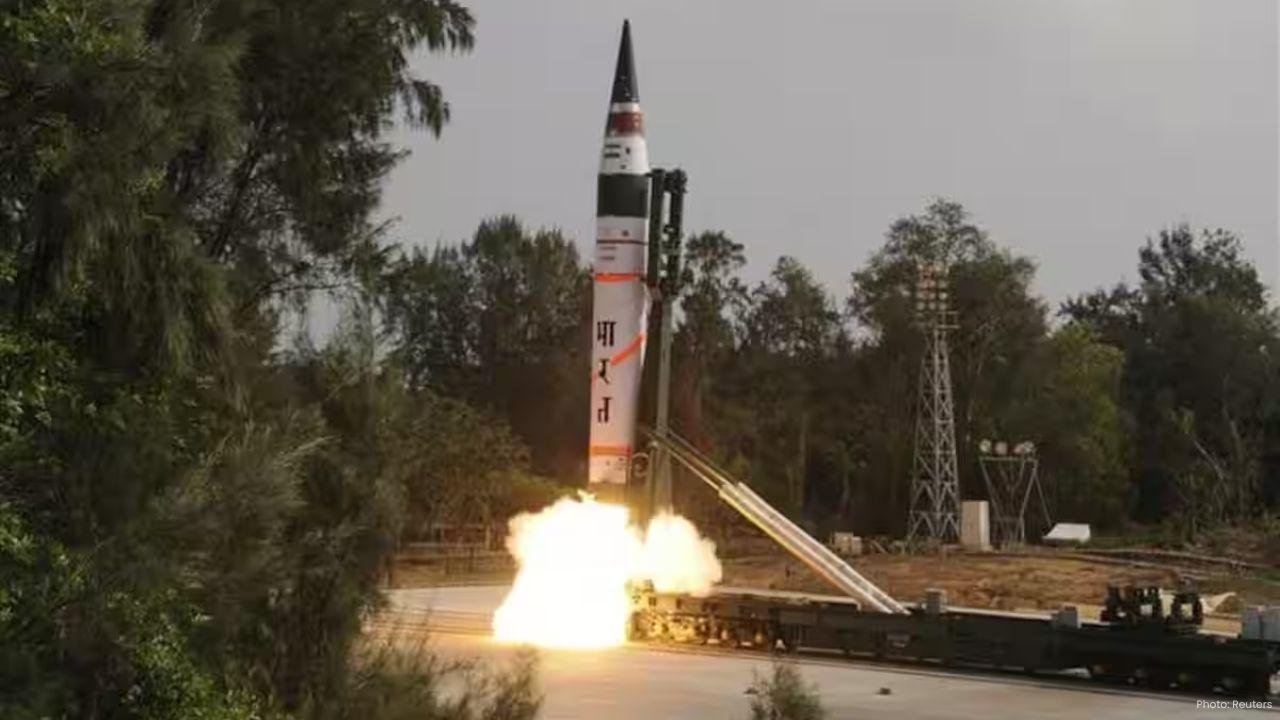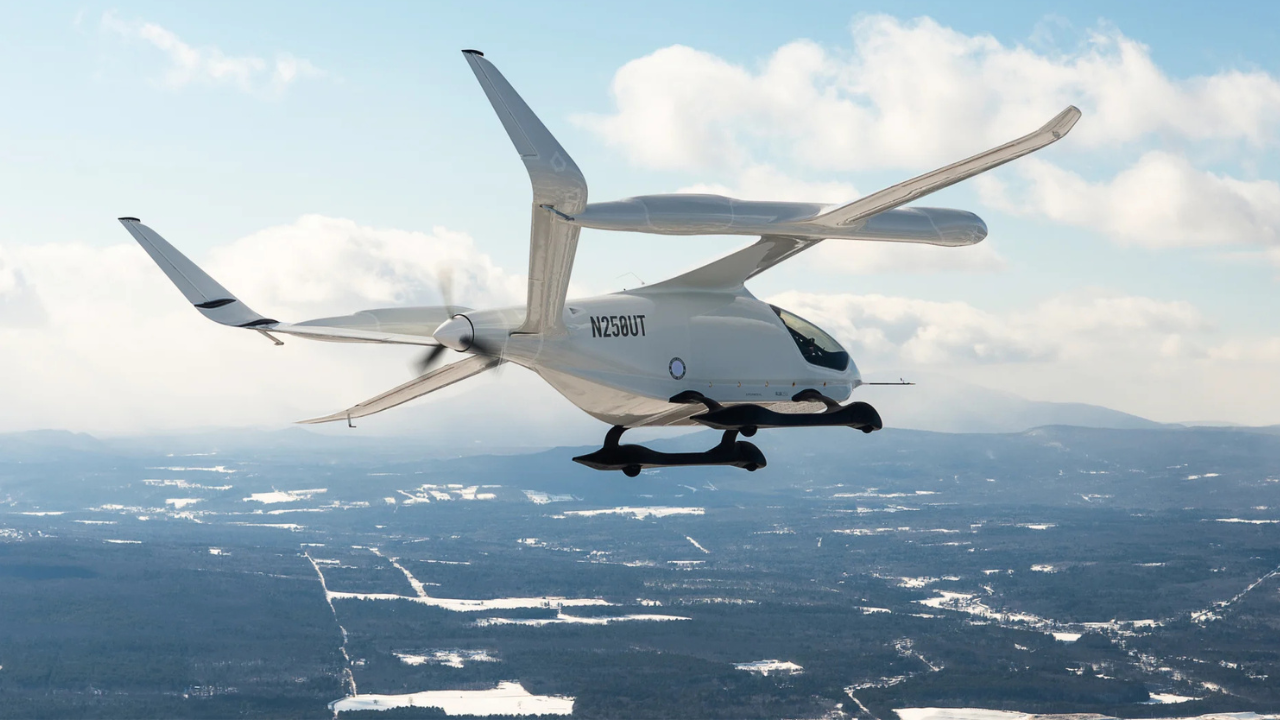
Post by : Meena Rani
India on Thursday successfully launched the Agni-Prime missile, an advanced intermediate-range ballistic missile (IRBM), from a rail-based mobile launcher system. The Defense Research and Development Organization (DRDO) executed the test, marking a significant milestone in India’s strategic defense capabilities.
The launch was hailed by Defense Minister Rajnath Singh as the “first-of-its-kind,” emphasizing the innovation behind the specially designed rail-based launcher.
“First-of-its-kind launch carried out from specially designed rail-based mobile launcher,” Singh said, highlighting the technical achievement.
Key Features of the Agni-Prime Missile
The Agni-Prime missile represents a major leap in India’s missile technology. Some of its notable features include:
Range: Designed to cover up to 2,000 kilometers, making it an intermediate-range ballistic missile.
Mobility: Can be launched from a rail-based mobile system, allowing enhanced operational flexibility.
Canisterised Launch: The missile uses a canisterised launch system, which allows it to be fired from a moving rail network, a technology possessed by only a select few nations.
Precision and Modernization: Equipped with modern navigation and guidance systems for improved accuracy and reliability.
Strategic Significance
The success of the Agni-Prime missile test has placed India among the few countries with the capability to deploy canisterised missiles from mobile rail platforms. This ability adds a crucial layer of strategic deterrence, enhancing the survivability of India’s nuclear forces in diverse operational scenarios.
Defense Minister Singh congratulated the teams involved, including the DRDO, Strategic Forces Command (SFC), and the Armed Forces, for their role in this achievement.
“Congratulations to DRDO, Strategic Forces Command (SFC) and the Armed Forces on the successful test of the Intermediate Range Agni-Prime missile,” he said, underlining the collaborative effort.
Background on India’s Missile Program
India’s missile development program has steadily progressed over the last three decades. The Agni series forms the backbone of the country’s strategic nuclear deterrent, with missiles ranging from short to intercontinental ranges.
Agni-I and Agni-II: Short to medium-range missiles already operational.
Agni-III, IV, and V: Long-range and intercontinental variants enhancing India’s strategic reach.
Agni-Prime: Designed to replace earlier variants, offering improved mobility, accuracy, and faster deployment.
The integration of rail-based launch capabilities adds a layer of unpredictability and mobility, making it more difficult for adversaries to target the missile in a potential conflict scenario.
Implications for National Security
The successful flight test of Agni-Prime demonstrates India’s growing self-reliance in defense technology. By deploying missiles capable of being launched from mobile rail platforms, India strengthens its second-strike capability, a critical component of nuclear deterrence.
Experts note that such advancements also signal India’s commitment to modernizing its strategic forces while maintaining a credible deterrent posture in the region.
The successful Agni-Prime missile test is a landmark achievement for India’s defense program, reflecting decades of research, development, and strategic planning. The combination of mobility, range, and modern guidance systems positions India among the leading nations in missile technology.
As the country continues to enhance its strategic and tactical capabilities, milestones like the Agni-Prime launch underscore India’s technological prowess and its commitment to national security.
Agni-Prime, DRDO, India missile test, rail-based launcher, intermediate-range ballistic missile










Bengaluru-Mumbai Superfast Train Approved After 30-Year Wait
Railways approves new superfast train connecting Bengaluru and Mumbai, ending a 30-year demand, easi

Canada Post Workers Strike Halts Nationwide Mail and Parcel Services
Canada Post halts operations as CUPW strike disrupts mail and parcel delivery nationwide amid disput

PM Modi Launches BSNL ‘Swadeshi’ 4G Network, 97,500 Towers Built
India enters global telecom league as PM Modi inaugurates BSNL’s indigenous 4G, connecting 26,700 vi

India’s Iconic MiG‑21 Takes Final Flight After Six Decades of Service
After 60 years India retires its MiG‑21 fighter jet, a legendary yet controversial warplane marking

Hindustan Zinc unveils AI hotspot monitoring at Debari smelter
Hindustan Zinc launches AI-powered Switchyard Hotspot Monitoring at Debari smelter to cut outages bo

Chinese experts worked inside sanctioned Russian drone plant
Chinese drone specialists visited IEMZ Kupol supplying parts and drones via intermediaries, deepenin